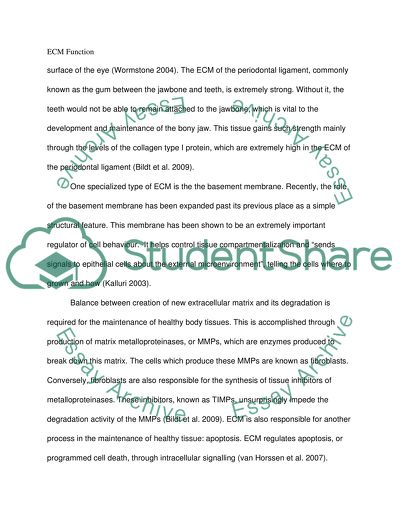Cite this document
(“Cell biology Essay Example | Topics and Well Written Essays - 1750 words”, n.d.)
Retrieved from https://studentshare.org/environmental-studies/1414163-cell-biology
Retrieved from https://studentshare.org/environmental-studies/1414163-cell-biology
(Cell Biology Essay Example | Topics and Well Written Essays - 1750 Words)
https://studentshare.org/environmental-studies/1414163-cell-biology.
https://studentshare.org/environmental-studies/1414163-cell-biology.
“Cell Biology Essay Example | Topics and Well Written Essays - 1750 Words”, n.d. https://studentshare.org/environmental-studies/1414163-cell-biology.


